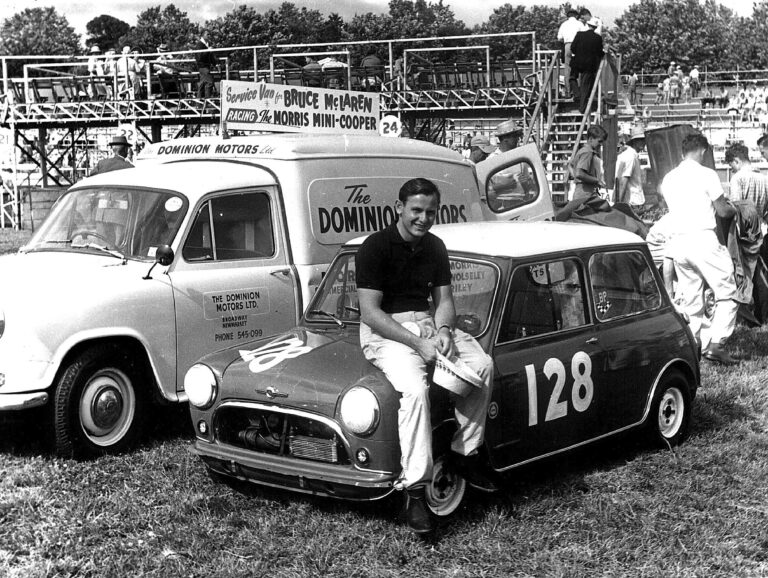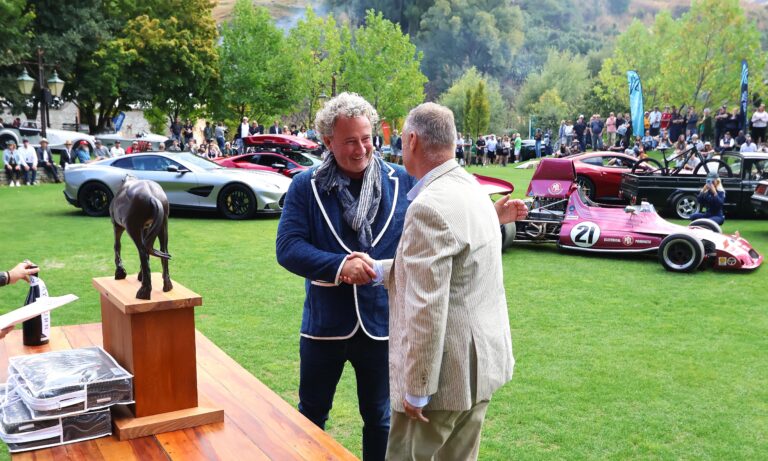We’d all love to be able to pick up the newspaper every morning and have a leisurely read with a cup of coffee and our bowl of weetbix, and of course we’d love to explore some of those headline stories in a bit more depth — but who’s got that much free time? Here at The Motorhood, we do the time-consuming hard yards and delve deeper into the goings on around the world to bring you the essential pieces of information from the big news stories so you can be informed and contribute towards the chats during smoko or around the watercooler.
The big topic that’s been a focal point since September is the Volkswagen emission cheating debacle — and we get back to basics so you can absorb the essential details.
What’s the deal?
Well, back in early September 2015, the US Environmental Protection Agency (EPA) presented Volkswagen with a Notice of Violation, alleging that the company included software in their diesel vehicles (in models from 2009–’15) that would allow the vehicles to pass the test that the EPA has in place to ensure vehicles are abiding by the emission standards.
Volkswagon have admitted to this, saying that there are 11 million vehicles worldwide that have the software, dubbed the ‘defeat device’, incorporated into the vehicle.
How does the ‘defeat device’ work?
It’s not something that can just be turned off as the EPA says that it “is embedded into the software code that runs the engine control computer”. It’s a program that recognizes if the car is being driven under test conditions and will perform in a way that will pass the EPA emissions test requirements.
Could this affect me?
According to Volkswagen New Zealand’s website, six per cent of the 75,000 Volkswagen vehicles on New Zealand roads are affected by the software — it’s been confirmed by Volkswagen AG in Germany that a total of 4639 vehicles in New Zealand are affected.
The specific models included in this are the four-cylinder TDI diesel Volkswagens including:
-
2009–’15 Tiguan 2.0 TDI (1411 vehicles)
-
2009–’15 Passat B7(1357 vehicles) — this excludes the new Passat B8 launched in May 2015
-
2009–’13 Golf 1.6 TDI and 2.0 TDI (680 vehicles) — this excludes the new Golf 7 launched in February 2013
-
2011–’15 Caddy 1.6 TDI (312 vehicles)
-
2011 Polo 1.6 TDI (2 vehicles)
-
2013 Sharan 2.0 TDI (2 vehicles)
-
2011 Touran 2.0 TDI (1 vehicle)
-
2011–’12 Amarok 2.0 TDI 90kW and 120kW (874 vehicles) — excludes current Amarok 132kW TDI.
If you think that your car may be affected, you can check to see for yourself on Volkswagen’s website where there is now an area to enter your vehicle identification number (VIN). The website can be found here.
How did it happen?
The Wall Street Journal said that there are two Volkswagen engineers that are being investigated closely — Ulrich Hackenberg and Wolfgang Hatz. They were among the engineers suspended when the investigation came to light. It is suggested that the engineers discovered they were unable to produce the clean diesel engine for the US market and created the software to mask the emissions when undergoing tests.
What’s happening next?
The German Volkswagen team are currently exploring technical solutions and will be presenting their action plan to correct the emission output before the end of October 2015.


